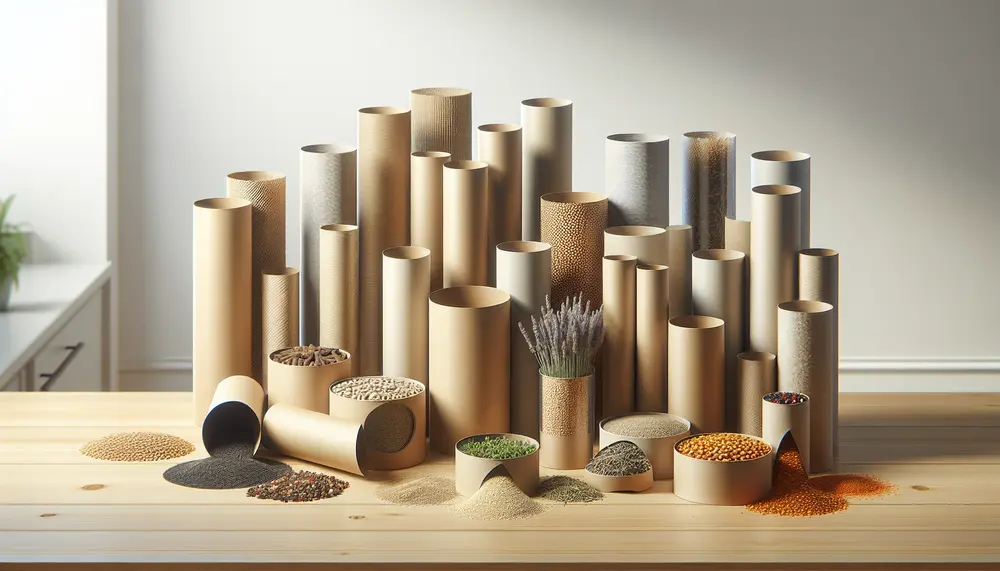Debossing
Debossing
Debossing
Debossing is a technique used in packaging to create a sunken design on a material's surface. This method involves pressing an image, logo, or text into the material, making it look indented.
How Debossing Works
To achieve debossing, a metal die is pressed into the material with great force. This creates a permanent impression that is lower than the surrounding area. The process is often used on paper, cardboard, and leather.
Benefits of Debossing
Debossing adds a touch of elegance and sophistication to packaging. It enhances the tactile experience, making the product feel more premium. Additionally, it can highlight specific elements, such as logos or brand names, making them stand out.
Applications in Packaging
Debossing is commonly used for luxury packaging, such as high-end cosmetics, jewelry boxes, and premium beverages. It can also be found on business cards, book covers, and invitations, adding a unique and professional look.
Debossing vs. Embossing
While both debossing and embossing involve creating a design on a material's surface, they are opposite techniques. Debossing creates a recessed design, while embossing raises the design above the surface. Both methods can be used together for a more dynamic effect.
Blog Posts with the term: Debossing
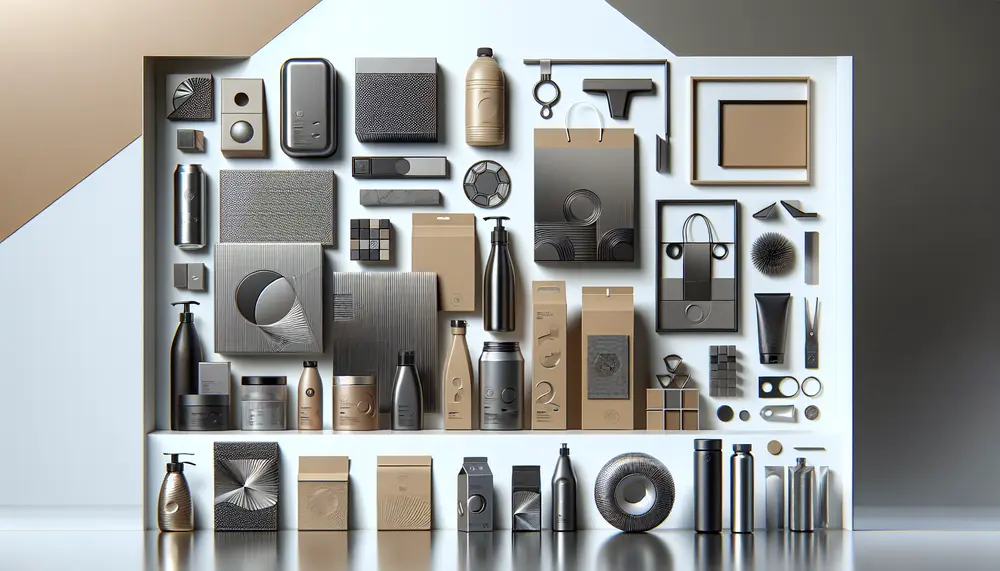
The 2024 packaging design trends emphasize aesthetics, functionality, and sustainability to enhance brand storytelling and consumer engagement. Trends include eco-friendly materials that reduce environmental impact but may increase costs, minimalist designs that offer a clean aesthetic while potentially being too...
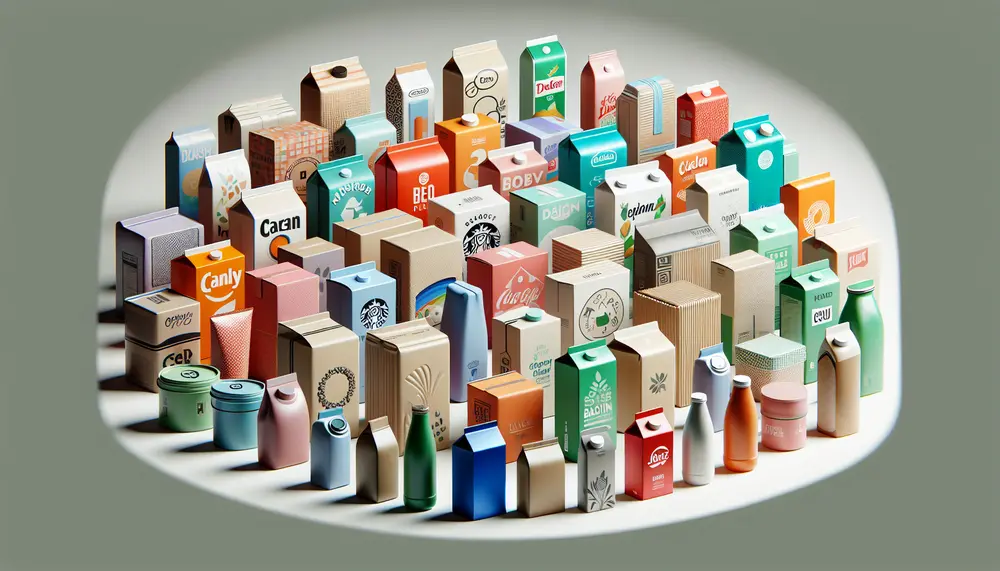
Product packaging design is a complex process that combines material, form, color, typography, and imagery to protect products and attract consumers. It's essential for brand identity and customer engagement in competitive markets. Color psychology plays a significant role in product packaging...

Packaging stars are key design elements that enhance product visibility and influence consumer decisions by symbolizing brand identity and benefits. They require a strategic approach, considering psychology of color, shape, imagery, and placement to effectively communicate without words. Selecting the right...

Brown Kraft paper, known for its natural look and eco-friendliness due to unbleached wood pulp production, remains popular in packaging for its strength, versatility, and alignment with sustainability trends. Its minimalist aesthetic appeals to current consumer preferences for simplicity and...
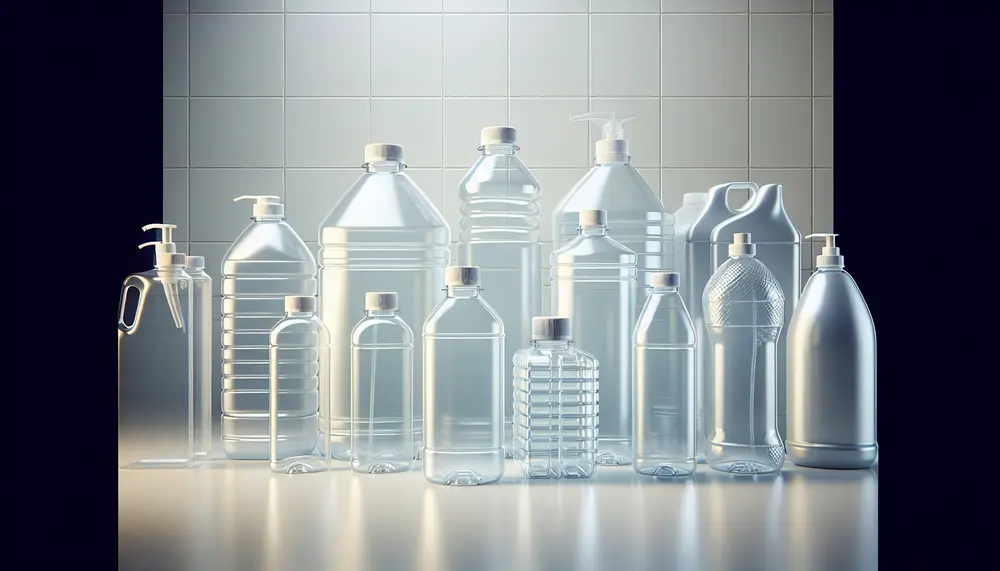
Plastic packaging for cleaning agents is designed to be chemically resistant and secure, with specific plastics chosen based on their interaction with the product's chemicals. Child-safe features like CR closures are essential for preventing accidental access by children. Eco-friendly plastic options...
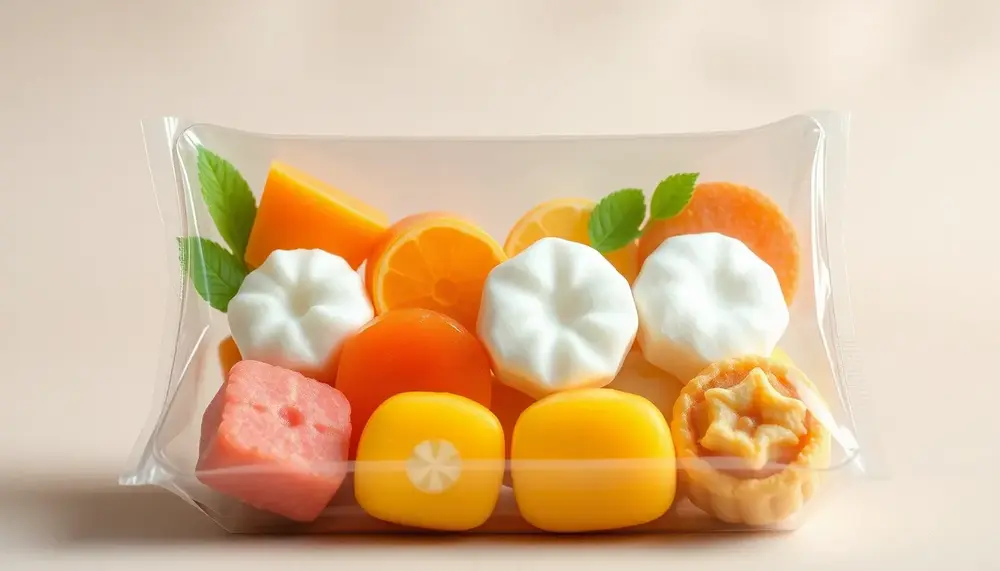
Custom packaging for Kuih ensures freshness and appeal by using sturdy, food-safe materials with innovative designs that reflect cultural heritage while incorporating modern elements. Creative shapes, textures, finishes, and interactive features enhance customer experience and brand connection but may increase...

Packaging foil, especially aluminum, is essential for protecting products from external elements and preserving their quality across industries. Premium foils offer superior barrier qualities, thermal insulation, improved seal strength, aesthetic appeal, and can be customized to enhance brand image. Various premium...

